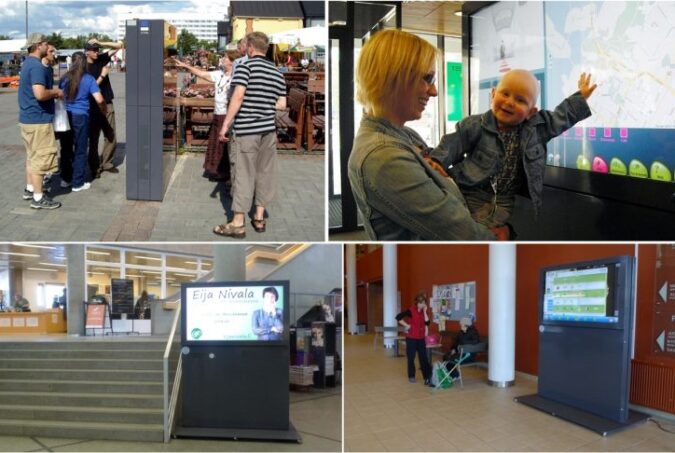
Donald Trump in Reno, Nevada, by Darron Birgenheier (Flickr).
This is the big year for computational propaganda — using immense data sets to manipulate public opinion over social media. Both the Brexit referendum and US election have revealed the limits of modern democracy, and social media platforms are currently setting those limits. Platforms like Twitter and Facebook now provide a structure for our political lives. We’ve always relied on many kinds of sources for our political news and information. Family, friends, news organisations, charismatic politicians certainly predate the internet. But whereas those are sources of information, social media now provides the structure for political conversation. And the problem is that these technologies permit too much fake news, encourage our herding instincts, and aren’t expected to provide public goods. First, social algorithms allow fake news stories from untrustworthy sources to spread like wildfire over networks of family and friends. Many of us just assume that there is a modicum of truth-in-advertising. We expect this from advertisements for commercial goods and services, but not from politicians and political parties. Occasionally a political actor gets punished for betraying the public trust through their misinformation campaigns. But in the United States “political speech” is completely free from reasonable public oversight, and in most other countries the media organisations and public offices for watching politicians are legally constrained, poorly financed, or themselves untrustworthy. Research demonstrates that during the campaigns for Brexit and the U.S. presidency, large volumes of fake news stories, false factoids, and absurd claims were passed over social media networks, often by Twitter’s highly automated accounts and Facebook’s algorithms. Second, social media algorithms provide very real structure to what political scientists often call “elective affinity” or “selective exposure”. When offered the choice of who to spend time with or which organisations to trust, we prefer to strengthen our ties to the people and organisations we already know and like. When offered a choice of news stories, we prefer to read about the issues we already care about,…









